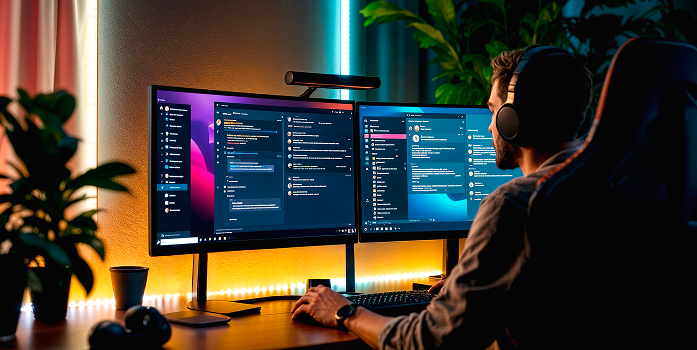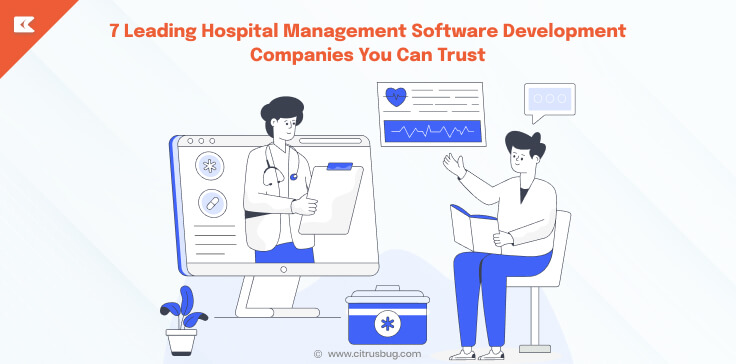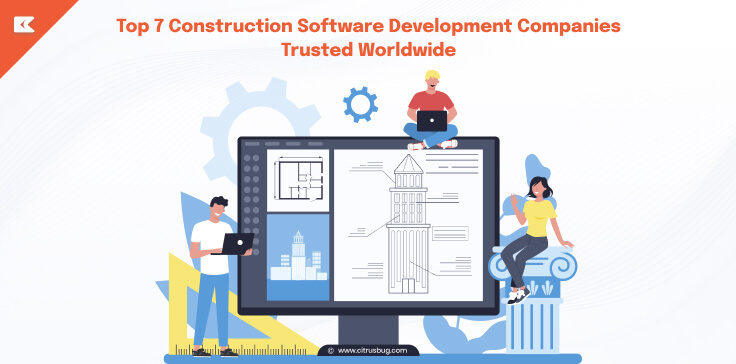SaaS Development Challenges (And How to Solve Them Like a Pro)
- January 10, 2025
-
4133 Views
- by Ishan Vyas
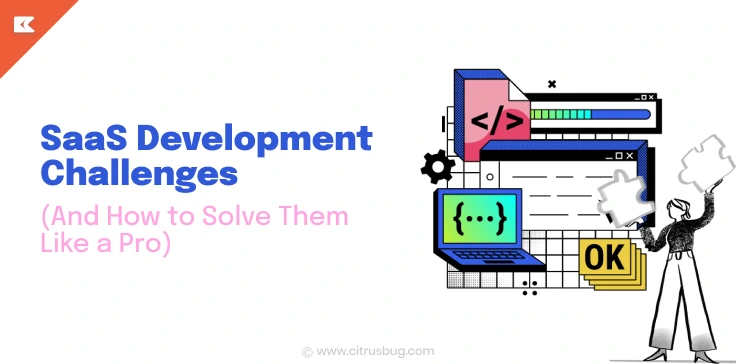
With digitalization increasing every day, Software-as-a-Service (SaaS) applications are rapidly gaining prominence in software delivery. It really has many advantages for businesses of all sizes, including scalability, cost-effectiveness, user-friendliness, and automatic updates. On the other hand, creating successful SaaS applications involves a different set of challenges that no one associates with traditional software development.
The way businesses access and use software applications has been completely transformed by the Software as a Service (SaaS) model. SaaS enables users to access software from any location with an internet connection by providing solutions hosted in the cloud, doing away with the need for difficult installations and upkeep. The need for efficient SaaS development keeps rising as more businesses adopt this model. But creating a profitable SaaS product is not without its difficulties.
SaaS developers must comprehend these obstacles and put strategies in place to overcome them if they want to succeed in this fiercely competitive market. In order to assist you in overcoming all of the difficulties associated with developing SaaS apps, we will examine the typical challenges encountered in this blog and give practical solutions.
But first let’s understand,
Why Do SaaS Companies Face Challenges?
Given how many SaaS companies are in the same market, it is not surprising that the market has grown extremely competitive and saturated. Because new SaaS products, tools, and apps are always being released, it is more difficult for a SaaS company to stand out.
Now that there are more SaaS options available, customers have higher standards for their preferred SaaS provider and won’t think twice about switching if the product’s usability, functionality, or customer support are thought to be lacking.
Let’s examine typical obstacles that a SaaS development company may encounter and the sales and marketing tactics that can assist you in overcoming them. Getting past these obstacles might mean the difference between expanding your SaaS company and experiencing constant customer churn.
Top SaaS Development Challenges You Should Prepare for
Managing a SaaS company has its own challenges. Overcoming these barriers is essential for success, whether they be technological difficulties, growing expenses, or problems with the user experience. Let’s examine some of the most typical problems that SaaS companies encounter nowadays and, more crucially, how to solve them expertly.
Here are some challenges that keep SaaS leaders and developers up at night:
Configuration Mistakes
Misconfigured settings are a frequent problem for SaaS companies and frequently result in security incidents. The primary causes of these problems, which have been reported by about 43% of businesses, are a lack of visibility into security updates, an excessive number of users requiring access, and the requirement for additional knowledge. Mistakes are easy to make when there are numerous apps to configure.
How to Address This Issue:
In this situation, automation is your best ally. You can lower the risk of security breaches by promptly identifying and correcting configuration errors with the aid of tools like SaaS Security Posture Management (SSPM).
Increasing Costs of Product Development
Despite the popularity of no-code tools, the cost of developing a SaaS application is at an all-time high. Paying off technical debt and maintaining legacy products, however, can be difficult. Hiring qualified developers has grown more challenging due to drawn-out hiring procedures and skyrocketing tech salaries, particularly in nations with thriving IT industries. Here, a well-designed resume has become increasingly important for candidates to stand out in this competitive job market.
How to Address This Issue:
Prioritize keeping current clients and raising Average Revenue Per User (ARPU). Net Dollar Retention must be a top priority for bootstrapped businesses that depend on customer cash flow.
Security Concerns
In the current digital era, security of SaaS applications is crucial because SaaS apps manage enormous volumes of private client data, they are often the focus of cyberattacks. SaaS applications are more susceptible to security breaches than conventional on-premise software because they are hosted on a distant server and accessed online. Maintaining the security of your platform is crucial, but it can be difficult, particularly in settings with multiple tenants.
How to Address This Issue:
Use industry-standard techniques like TLS and AES-256 to encrypt sensitive data while it’s in transit and at rest to guarantee strong data security. To find and fix vulnerabilities, regularly perform security audits that include code reviews and penetration tests. To stop unwanted access and protect vital systems, strengthen access control with role-based access controls (RBAC) and multi-factor authentication (MFA).
Integration Challenges
To offer a complete user experience, SaaS apps frequently need to integrate with other third-party apps and services. However, it can be difficult and time-consuming to integrate several APIs and make sure they function properly across platforms.
How to Address This Issue:
To make interactions easier, use open APIs (Application Programming Interfaces) whenever you can. To help your SaaS application communicate with other systems, think about utilizing a middleware platform.
Marketing and Sales Challenges
The SaaS sector has expanded by more than 500% in the past seven years. There are nearly 35,000 SaaS products on the market.
Market saturation, high churn rates, poor UX, out-of-date support, dull user interface, and other issues are also contributing to this crisis. Therefore, it’s likely that you will be neglected if you don’t approach your sales and marketing initiatives differently.
How to Address This Issue:
Instead of just selling a service, concentrate on comprehending and meeting the needs of your target market. Emphasize your special selling propositions and offer answers to issues that your rivals haven’t yet tackled. In fact, highlight these crucial points in your business proposal letter to make your value proposition clear and compelling. One way to do this is by creating a digital flipbook to transform your content into a professional digital report that’s interactive and easy to share.
Designing a Robust Multi-Tenant Architecture
Developing a scalable, secure multi-tenant architecture is one of the most important SaaS development challenges that undoubtedly requires our next focus. Ensuring data isolation, effective resource management, and striking a balance between customization and monitoring are the primary concerns to be addressed here.
All things considered, developing a multitenant architecture that strikes a delicate balance between the requirements of each tenant and the effectiveness of shared resources is a challenging undertaking.
How to Address This Issue:
To guarantee seamless operation and performance, use tried-and-true methods like separate database schemas, tenant-specific customizations, and containerization for process isolation.
User Authentication and Authorization
Because SaaS apps have a diverse user base with a range of roles, permissions, and access levels, implementing the right identity and access management solution can be particularly challenging for organizations trying to balance security with usability.
Additionally, businesses deal with issues like cross-platform compatibility, multiple log-in devices, and password management security.
How to Address This Issue:
The most effective solution to this problem is to use industry-standard authorization protocols like OpenID Connect (OIDC), OAuth, and Security Assertion Markup Language (SAML).
Customer Onboarding and Retention
Customer onboarding is the most important point in the SaaS lifecycle. You will need a seamless and effortless process of onboardings for converting free-trial users to paying customers. Actually, maintaining existing customers is important for long-term success, too.
How to Address This Issue:
Offer easy onboarding steps that walk your users through your SaaS application’s core functionality. Provide substantial customer support, as well as resources, that will help get the most value out of the application. Conduct customer success programs to develop relationships and promote retaining users over a long period of time.
How Citrusbug Technolabs Helps Overcome SaaS Development Challenges?
With over ten years of experience in developing creative, superior, user-focused, and customized SaaS solutions, Citrusbug Technolabs is a top custom software development company that enables businesses to overcome contemporary SaaS development challenges with scalable and secure solutions.
By creating strong architectures that adapt to demand, we make sure the SaaS platform maintains its effectiveness even during periods of rapid expansion. The goal is to increase scalability so that companies can adjust to changes in the market without experiencing any problems.
With a 36.6% market share, SaaS dominates the cloud services space and accounts for more than half of the worldwide software market. Additionally, businesses currently use 112 SaaS apps on average.
According to all of these figures and statistics, SaaS development will improve and advance significantly over the next several years. With unparalleled security, cutting-edge data encryption, frequent vulnerability assessments, and strong compliance procedures, Citrusbug Technolabs is ready to handle the newest trends and technologies and mitigate all risks in a changing digital environment.
Conclusion
There has never been a better moment to deploy SaaS solutions, and the market for SaaS software development services is still developing. Take into account every important point discussed in the blog to identify the best candidates to develop distinctive and in-demand SaaS applications. We are certain that you can accomplish your business objectives and guarantee both immediate and long-term success by heeding these suggestions.
Our approach to SaaS software development services is comprehensive. This makes it possible for us to put into practice all the elements necessary for a successful SaaS solution, specifically cloud hosting, APIs, effective storage, and web and mobile app development services (Native Apps, PWA, and cross-platform solutions).



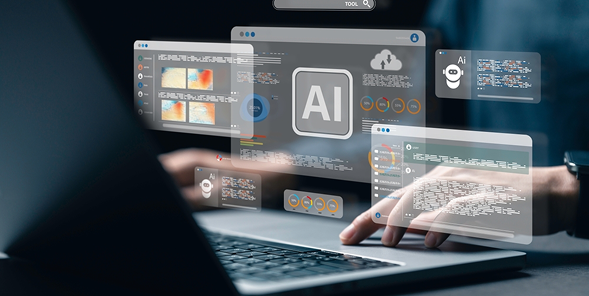

 SaaS Development
SaaS Development Web Application Development
Web Application Development Mobile Application Development
Mobile Application Development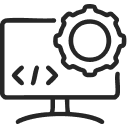 Custom Software Development
Custom Software Development Cloud Development
Cloud Development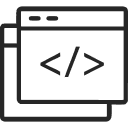 DevOps Development
DevOps Development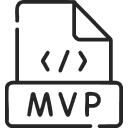 MVP Development
MVP Development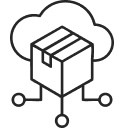 Digital Product Development
Digital Product Development Hire Chatbot Developers
Hire Chatbot Developers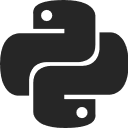 Hire Python Developers
Hire Python Developers Hire Django Developers
Hire Django Developers Hire ReactJS Developers
Hire ReactJS Developers Hire AngularJS Developers
Hire AngularJS Developers Hire VueJS Developers
Hire VueJS Developers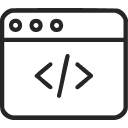 Hire Full Stack Developers
Hire Full Stack Developers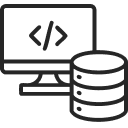 Hire Back End Developers
Hire Back End Developers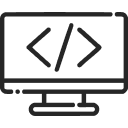 Hire Front End Developers
Hire Front End Developers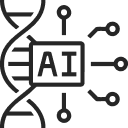 AI Healthcare Software Development & Consulting
AI Healthcare Software Development & Consulting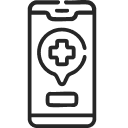 Healthcare App Development
Healthcare App Development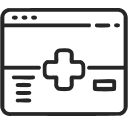 EHR Software Development
EHR Software Development Healthcare AI Chatbot Development
Healthcare AI Chatbot Development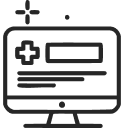 Telemedicine App Development Company
Telemedicine App Development Company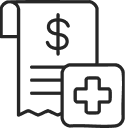 Medical Billing Software Development
Medical Billing Software Development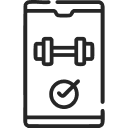 Fitness App Development
Fitness App Development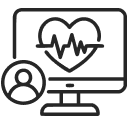 RPM Software Development
RPM Software Development Medicine Delivery App Development
Medicine Delivery App Development Medical Device Software Development
Medical Device Software Development Patient Engagement Software Solutions
Patient Engagement Software Solutions Mental Health App Development
Mental Health App Development Healthcare IT Consulting
Healthcare IT Consulting Healthcare CRM Software Development
Healthcare CRM Software Development Healthcare IT Managed Services
Healthcare IT Managed Services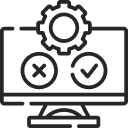 Healthcare Software Testing services
Healthcare Software Testing services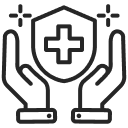 Medical Practice Management Software
Medical Practice Management Software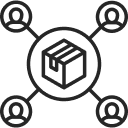 Outsourcing Healthcare IT Services
Outsourcing Healthcare IT Services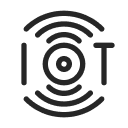 IoT Solutions for Healthcare
IoT Solutions for Healthcare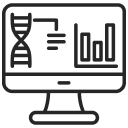 Medical Image Analysis Software Development Services
Medical Image Analysis Software Development Services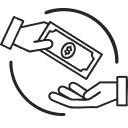 Lending Software Development Services
Lending Software Development Services Payment Gateway Software Development
Payment Gateway Software Development Accounting Software Development
Accounting Software Development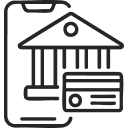 AI-Driven Banking App Development
AI-Driven Banking App Development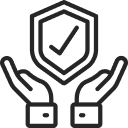 Insurance Software Development
Insurance Software Development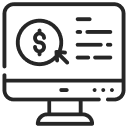 Finance Software Development
Finance Software Development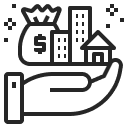 Loan Management Software Development
Loan Management Software Development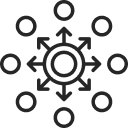 Decentralized Finance Development Services
Decentralized Finance Development Services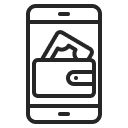 eWallet App Development
eWallet App Development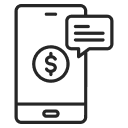 Payment App Development
Payment App Development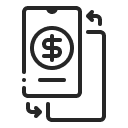 Money Transfer App Development
Money Transfer App Development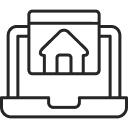 Mortgage Software Development
Mortgage Software Development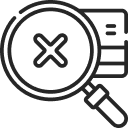 Insurance Fraud Detection Software Development
Insurance Fraud Detection Software Development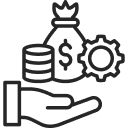 Wealth Management Software Development
Wealth Management Software Development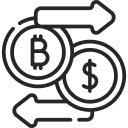 Cryptocurrency Exchange Platform Development
Cryptocurrency Exchange Platform Development Neobank App Development
Neobank App Development Stock Trading App Development
Stock Trading App Development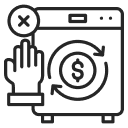 AML software Development
AML software Development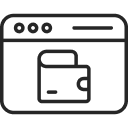 Web3 Wallet Development
Web3 Wallet Development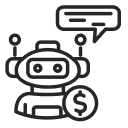 Robo-Advisor App Development
Robo-Advisor App Development Supply Chain Management Software Development
Supply Chain Management Software Development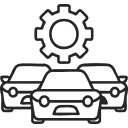 Fleet Management Software Development
Fleet Management Software Development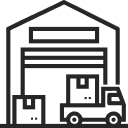 Warehouse Management Software Development
Warehouse Management Software Development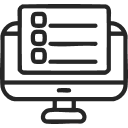 LMS Development
LMS Development Education App Development
Education App Development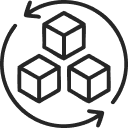 Inventory Management Software Development
Inventory Management Software Development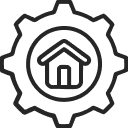 Property Management Software Development
Property Management Software Development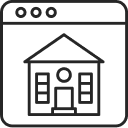 Real Estate CRM Software Development
Real Estate CRM Software Development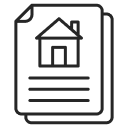 Real Estate Document Management Software
Real Estate Document Management Software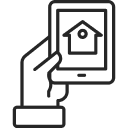 Construction App Development
Construction App Development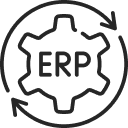 Construction ERP Software Development
Construction ERP Software Development
